In the competitive world of gaming, success isn’t just about creating fun experiences — it’s about measuring them. The Gaming KPI Scorecard in Excel 🕹️📊 empowers game studios, developers, and esports managers to track critical performance metrics that drive engagement, growth, and profitability — all within the familiar environment of Microsoft Excel.
Whether you’re analyzing player retention, monetization, or marketing ROI, this ready-to-use Excel scorecard gives you real-time, data-driven insights. It’s not just a spreadsheet — it’s your command center for smarter, faster, and more informed gaming decisions.
⚡ Key Features of Gaming KPI Scorecard in Excel
✅ All-in-One Performance Dashboard: View Month, Month-to-Date (MTD), or Year-to-Date (YTD) insights at a glance.
✅ Actual vs Target Comparisons: Instantly identify KPIs that exceed or miss targets with dynamic visuals.
✅ Conditional Formatting Indicators: Use arrows and color codes 🔴🟡🟢 to instantly highlight performance trends.
✅ Comprehensive KPI Overview: Track metrics like Daily Active Users (DAU), Average Revenue per User (ARPU), Retention Rate, and Bug Fix Rate.
✅ KPI Definition Library: Maintain clarity with pre-defined KPIs, units, formulas, and definitions.
✅ Auto-Updating Charts: Enter new data once — all visuals update automatically.
✅ Customizable Template: Add, edit, or remove KPIs to suit your gaming project’s unique goals.
✅ Easy to Use: 100% Excel-based — no macros or external tools needed.
✅ Scalable for Growth: Suitable for indie studios, publishers, and enterprise-level gaming firms.
The Gaming KPI Scorecard transforms raw data into actionable insights, helping your team move from intuition to intelligence.
🧩 What’s Inside the Gaming KPI Scorecard in Excel
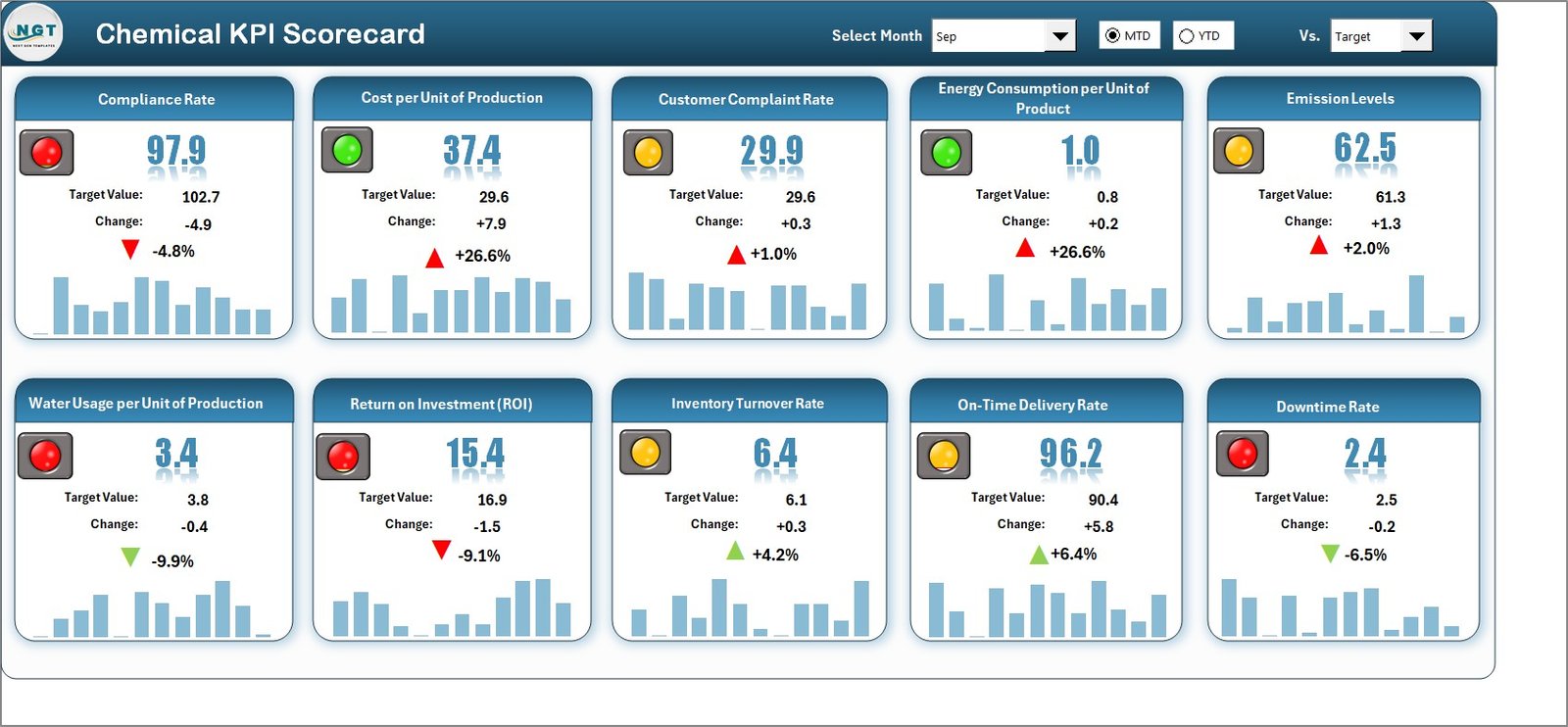
The scorecard is structured into four purpose-driven worksheets, each designed to streamline data management and performance tracking:
1️⃣ Scorecard Sheet: Your main performance dashboard, showing real-time MTD/YTD analytics with visual comparisons and trend indicators.
2️⃣ KPI Trend Sheet: Select a KPI (via dropdown in cell C3) to view detailed performance over time using charts for Actual, Target, and Previous Year (PY).
3️⃣ Input Data Sheet: The data engine of your scorecard — record monthly Actual, Target, and PY values for all KPIs. All dashboard visuals update automatically.
4️⃣ KPI Definition Sheet: A complete glossary listing KPI Name, Group, Unit, Formula, and Definition to maintain consistency and alignment across teams.
This clean structure eliminates the need for multiple tools or reports — everything you need is built into one file.
🧠 How to Use the Gaming KPI Scorecard in Excel
🎮 Step 1: Open the Excel template and go to the Input Data Sheet to enter your Actual, Target, and PY data.
📊 Step 2: Move to the Scorecard Sheet to instantly view updated KPI visuals.
📈 Step 3: Use the dropdown menus to switch between Month, MTD, and YTD views.
📉 Step 4: Visit the KPI Trend Sheet to analyze patterns across months or years.
📘 Step 5: Refer to the KPI Definition Sheet for formula explanations and metric details.
Within minutes, you’ll have a fully automated gaming analytics dashboard that turns complex data into visual insights — no coding required.
👥 Who Can Benefit from This Gaming KPI Scorecard
🧑💻 Game Developers: Track bug fixes, production efficiency, and player feedback.
🎮 Gaming Studios: Monitor revenue, engagement, and retention across multiple titles.
📊 Marketing Teams: Evaluate campaign performance, user acquisition, and conversion rates.
💼 Publishers: Compare project performance across platforms or regions.
🏆 Esports Organizations: Analyze match data, sponsorship ROI, and audience growth.
🧠 Data Analysts: Generate reports that align business goals with player data insights.
This dashboard empowers every gaming stakeholder to take data-backed actions that improve performance and profitability.
🔗 Click here to read the Detailed Blog Post
🎥 Visit our YouTube channel to learn step-by-step video tutorials
👉 YouTube.com/@PKAnExcelExpert
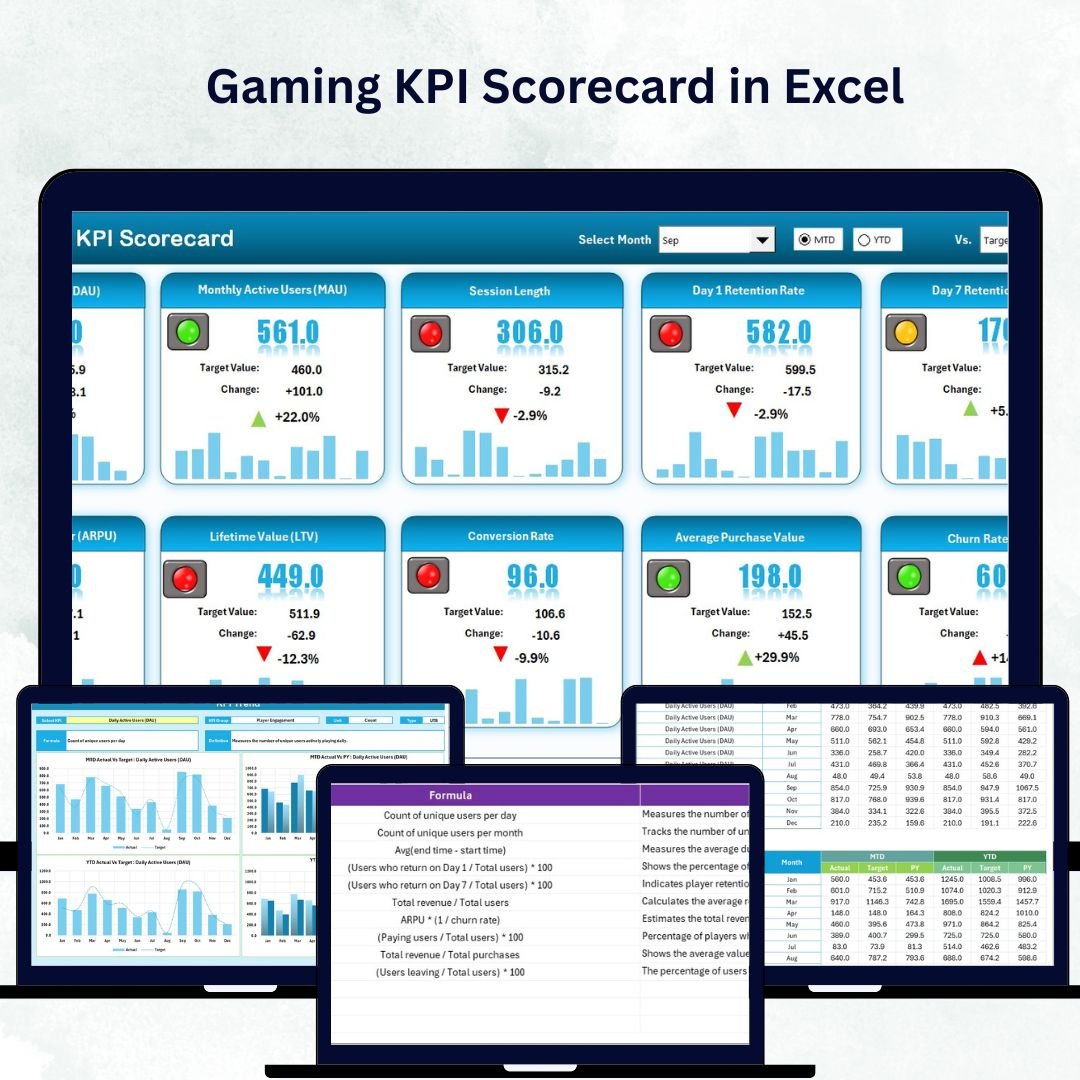
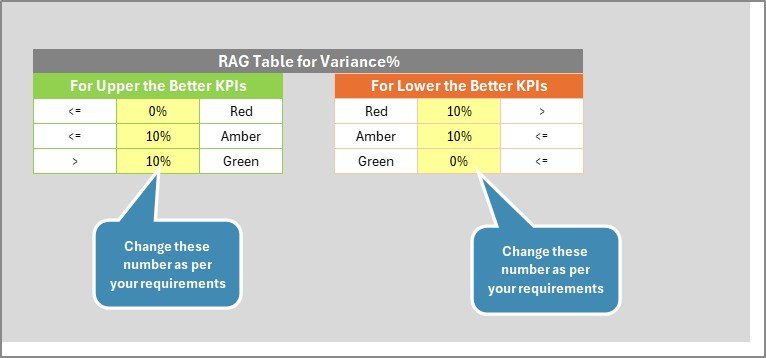

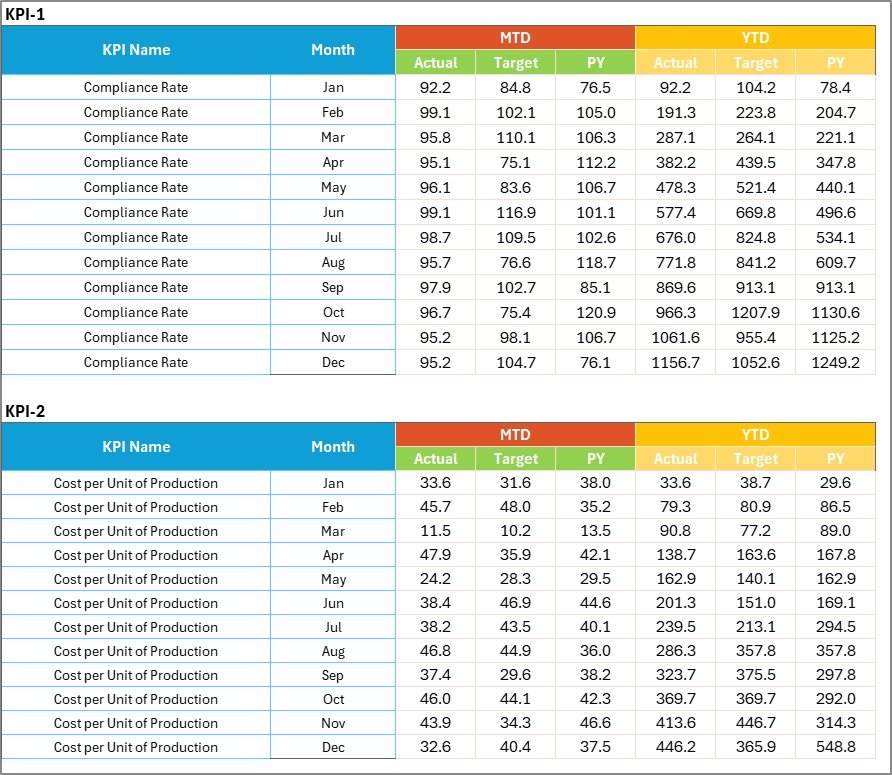
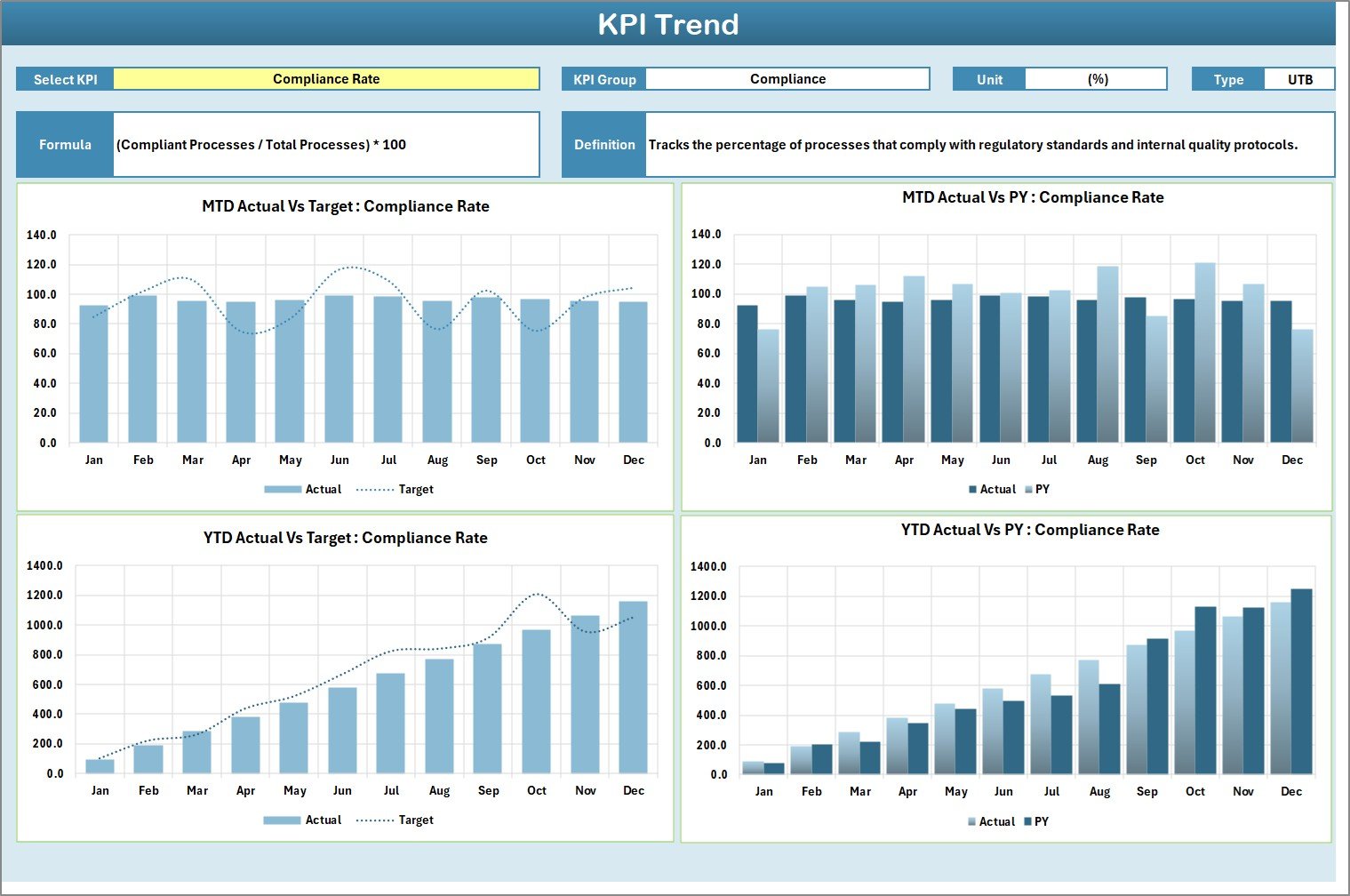
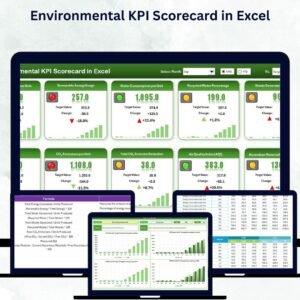

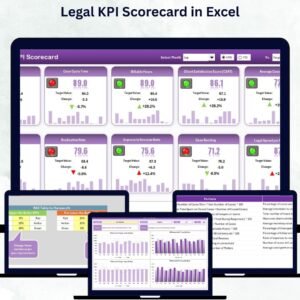

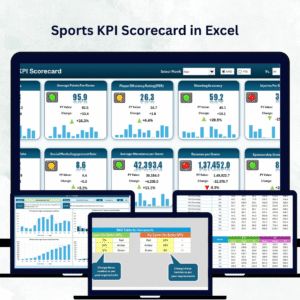
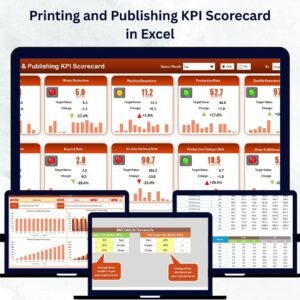
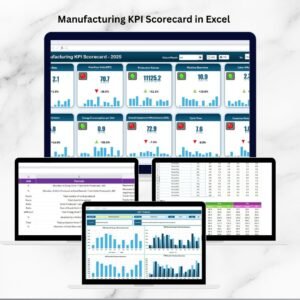
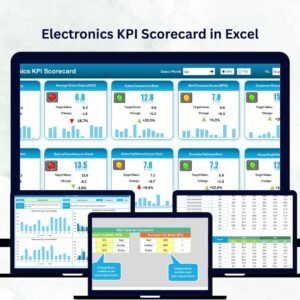
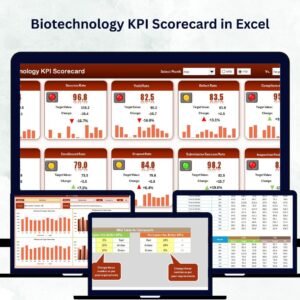
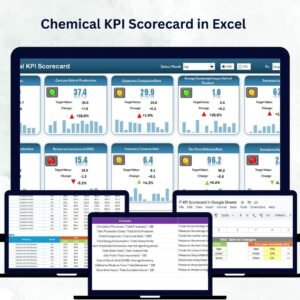
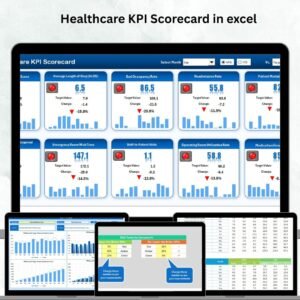
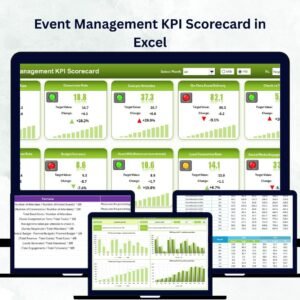





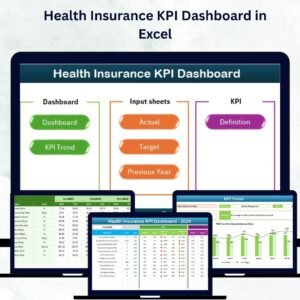
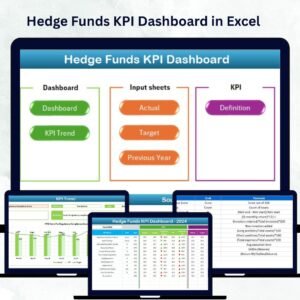

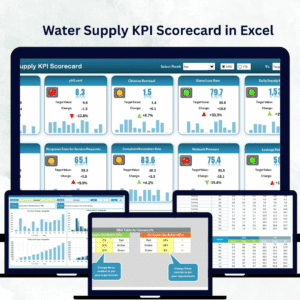



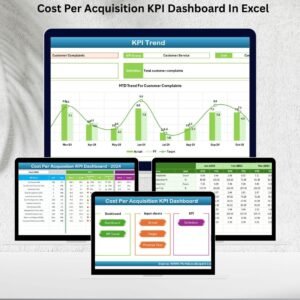


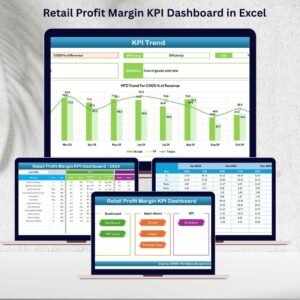

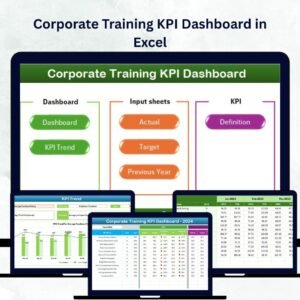
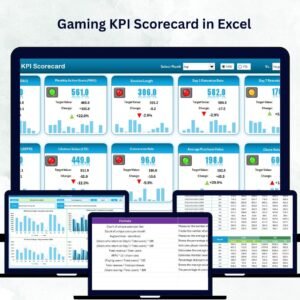
Reviews
There are no reviews yet.